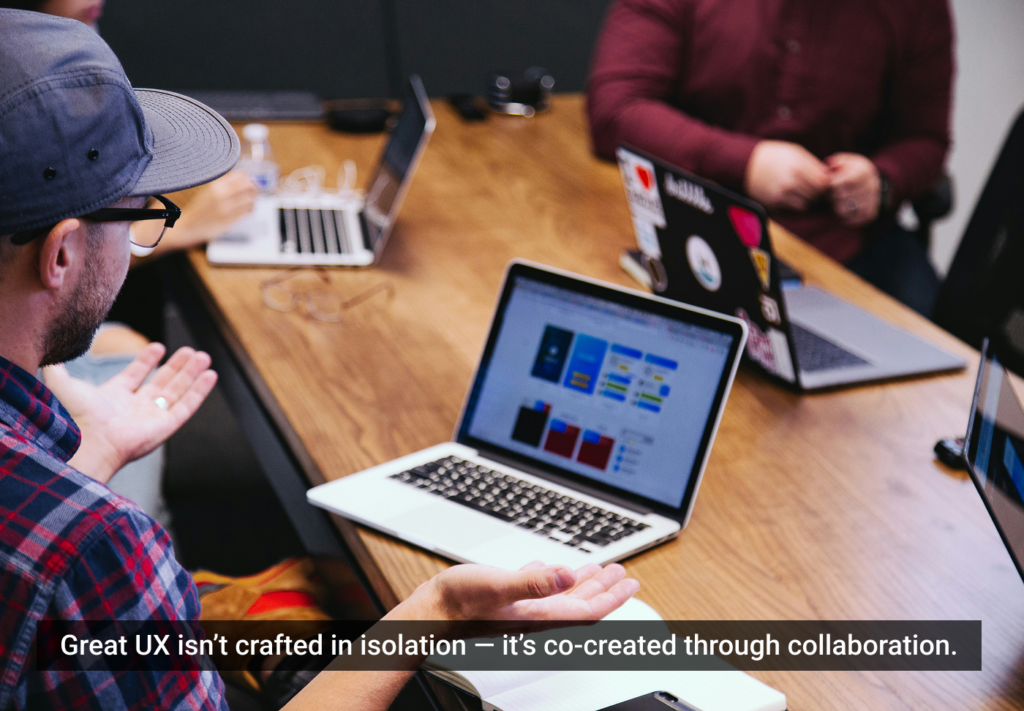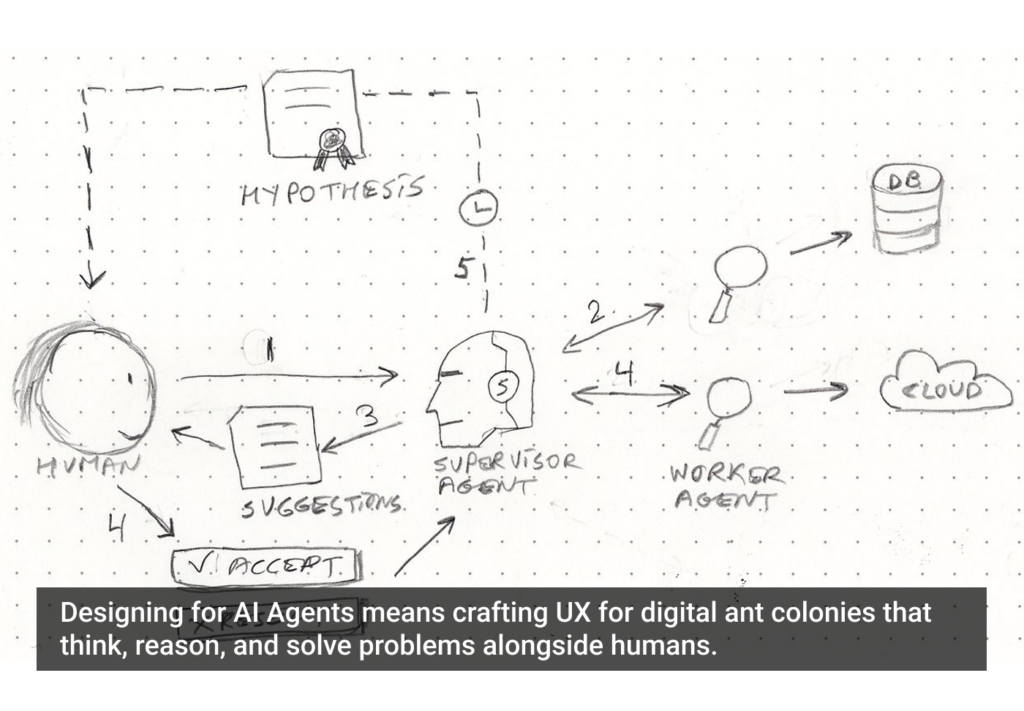TV isn’t what it used to be. Once the cornerstone glowing screen in households around the world, television sets now jockey for attention with tablets, smartphones, desktop computers, and even some refrigerators.
The television experience of yore—flipping through the channels and settling on whatever is reasonably entertaining, or tuning in at a specific time to watch your favorite show—has almost faded completely. Now we DVR our programs of choice, or binge watch them through our preferred streaming service. In a race to keep fresh content rolling out, odds are that service has added “production house” to its repertoire.
These are truly strange and glorious days for content providers and consumers alike. Forty years ago, if you wanted to watch the Super Bowl or the Academy Awards, you had to tune in at a specific time. Things changed in the late ‘70s when VCR technology entered the mainstream (though programming a VCR was confusing enough that you often felt the need to hit record yourself when the program began). This set the stage for the on-demand nature of current media consumption, but what we see now is a pulsating smorgasbord of video content.
The basic nature of what television is now can be articulated in wildly divergent ways, making it impossible to pinpoint what trends will win out as our mechanisms and habits for consumption continue to change. But it’s been interesting to watch one aspect of the old-fashioned way of experiencing television come back into fashion: content as a one-time, don’t-miss-it event.
Snapchat’s Live Stories feature creates a curated stream of user submitted Snaps from various locations and events. According to a recap of the MTV Video Music Awards in Digiay, “A full 12 million people watched the Live Story from the event, according to sources. The Snapchat audience technically exceeded the actual ratings of the broadcast and shows why networks and brands are supporting these alternative viewing options.” Meanwhile, Snapchat’s Discover feature competes with providers like YouTube by offering content curated by actual media professionals.
BBC LIVE gives users digital companion experiences across devices
“What we have seen so far, with the new feature Discover, is relatively old-fashioned,” writes Matthew Ingram in a recent Gigaom article. “Instead of just having a bunch of user-generated content and then some native advertising mixed in, the way Twitter and Facebook do, Snapchat offers a selection of content created by a handful of media partners like CNN and Vice.”
Newcomers are not the only game in town when it comes to evolved modes of content consumption. BBC recently launched the new LIVE digital service to coincide with their coverage of the Sochi 2014 Winter Olympics. Winner of Design for Experience awards in both the Forward-Looking Experience and Digital Media and Entertainment categories, BBC LIVE gives users digital companion experiences across devices, allowing them to watch live multiple video streams, including online exclusive alternate views. Users can also watch for video cue points of key moments, review highlight clips, and read running “live text” commentary and add their own thoughts.
While BBC LIVE is a comprehensive way for a content provider to create a proprietary branded experience that works across almost every screen in the house (sorry fridge), is also has the potential of brining these disparate devices together into a shared experience. The reality for now seems to be that media brands and social networking services will need to work in concert to keep users tuned into whatever our idea of television is.
As Todd Spangler pointed out in a recent Variety article, “Media companies, ogling Snapchat’s 100 million-plus user base that skews toward the 18-24 set, are flocking to it—because of the here-today-gone-tomorrow approach, not in spite of it.”
Spangler highlights Stephen Colbert’s use of the service to hype the debut of his new late show on CBS, and the host of big players producing original content for the platform (from Major League Baseball to Comedy Central to Vice).
“None of this, however, is to say Snapchat has a fundamentally superior model that’s going to put the likes of YouTube out of business,” Spangler says. “Snapchat, as it exists today, is totally unsuitable for Netflix-style binge-watching of long-form entertainment.”
So what is the television experience? It’s whatever you want it to be. Of course getting whatever you want whenever you want it isn’t super satisfying when we haven’t figured out exactly what we want.
Image of old television in the grass courtesy Shutterstock.








